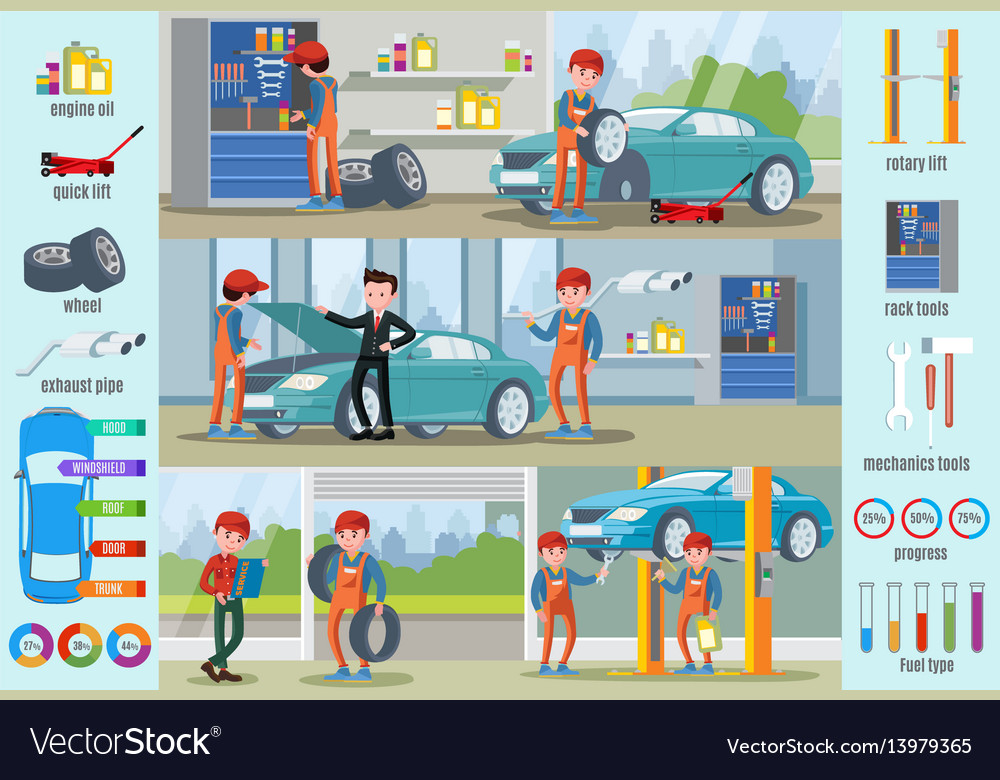Looking For Quality On The Caution Lights Displayed On Your Vehicle'S Dashboard? Learn Just How They Relate To Your Lorry'S Health And Wellness
Looking For Quality On The Caution Lights Displayed On Your Vehicle'S Dashboard? Learn Just How They Relate To Your Lorry'S Health And Wellness
Blog Article
Material Author-Faulkner Corbett
When you lag the wheel, those glowing caution lights on your control panel can be a little bit bewildering. Do you recognize what they're trying to inform you about your auto's wellness? Comprehending Suggested Reading of these lights is vital for your security and the long life of your vehicle. So, the next time among those lights appears, wouldn't you intend to analyze its message precisely and take the required actions to resolve it?
Common Caution Lighting and Interpretations
Identify typical caution lights in your automobile and comprehend their significances to ensure safe driving.
The most common caution lights consist of the check engine light, which signifies issues with the engine or emissions system. If this light comes on, it's important to have your vehicle checked promptly.
The oil stress cautioning light indicates reduced oil pressure, requiring instant interest to stop engine damages.
A blinking battery light may recommend a defective charging system, possibly leaving you stranded otherwise resolved.
The tire pressure monitoring system (TPMS) light informs you to low tire pressure, impacting car security and gas efficiency. Overlooking this can cause hazardous driving problems.
The abdominal muscle light suggests a trouble with the anti-lock braking system, compromising your capacity to quit quickly in emergency situations.
Finally, the coolant temperature warning light warns of engine overheating, which can cause serious damage if not settled promptly.
Comprehending these usual caution lights will certainly aid you resolve concerns immediately and preserve risk-free driving conditions.
Relevance of Prompt Attention
Understanding the common caution lights in your automobile is only the very first step; the value of quickly addressing these warnings can not be emphasized sufficient to ensure your security on the road.
When a warning light illuminates on your dashboard, it's your vehicle's way of interacting a potential issue that requires focus. Neglecting these warnings can result in a lot more serious troubles later on, compromising your security and possibly costing you more out of commission.
Prompt attention to advising lights can protect against malfunctions and mishaps. For https://auto-front-suspension18405.worldblogged.com/36100605/a-comprehensive-overview-to-cleansing-and-safeguarding-your-car-s-interior , a blinking check engine light might indicate a misfire that, if left unattended, could cause damage to the catalytic converter. Resolving this immediately can save you from a pricey fixing.
In car waxing , a brake system warning light may signify reduced brake liquid or worn brake pads, crucial elements for your safety and security when driving.
Do It Yourself Troubleshooting Tips
If you notice a caution light on your control panel, there are a couple of DIY repairing suggestions you can attempt prior to seeking professional help.
The very first step is to consult your car's guidebook to recognize what the particular caution light suggests. Often the problem can be as basic as a loosened gas cap triggering the check engine light. Tightening the gas cap might solve the trouble.
An additional typical issue is a reduced battery, which can cause various advising lights. Checking the battery connections for deterioration and ensuring they're secure may take care of the issue.
If a caution light persists, you can attempt resetting it by detaching the vehicle's battery for a few minutes and then reconnecting it. Additionally, checking your vehicle's fluid degrees, such as oil, coolant, and brake liquid, can aid fix cautioning lights related to these systems.
Conclusion
Finally, comprehending your automobile's caution lights is important for maintaining your vehicle running smoothly and safely. By promptly resolving these signals and recognizing what they suggest, you can avoid costly fixings and potential malfunctions.
Bear in mind to consult your vehicle's manual for specific information on each warning light and do something about it appropriately to make certain a hassle-free driving experience.
Stay educated, remain risk-free when driving!
